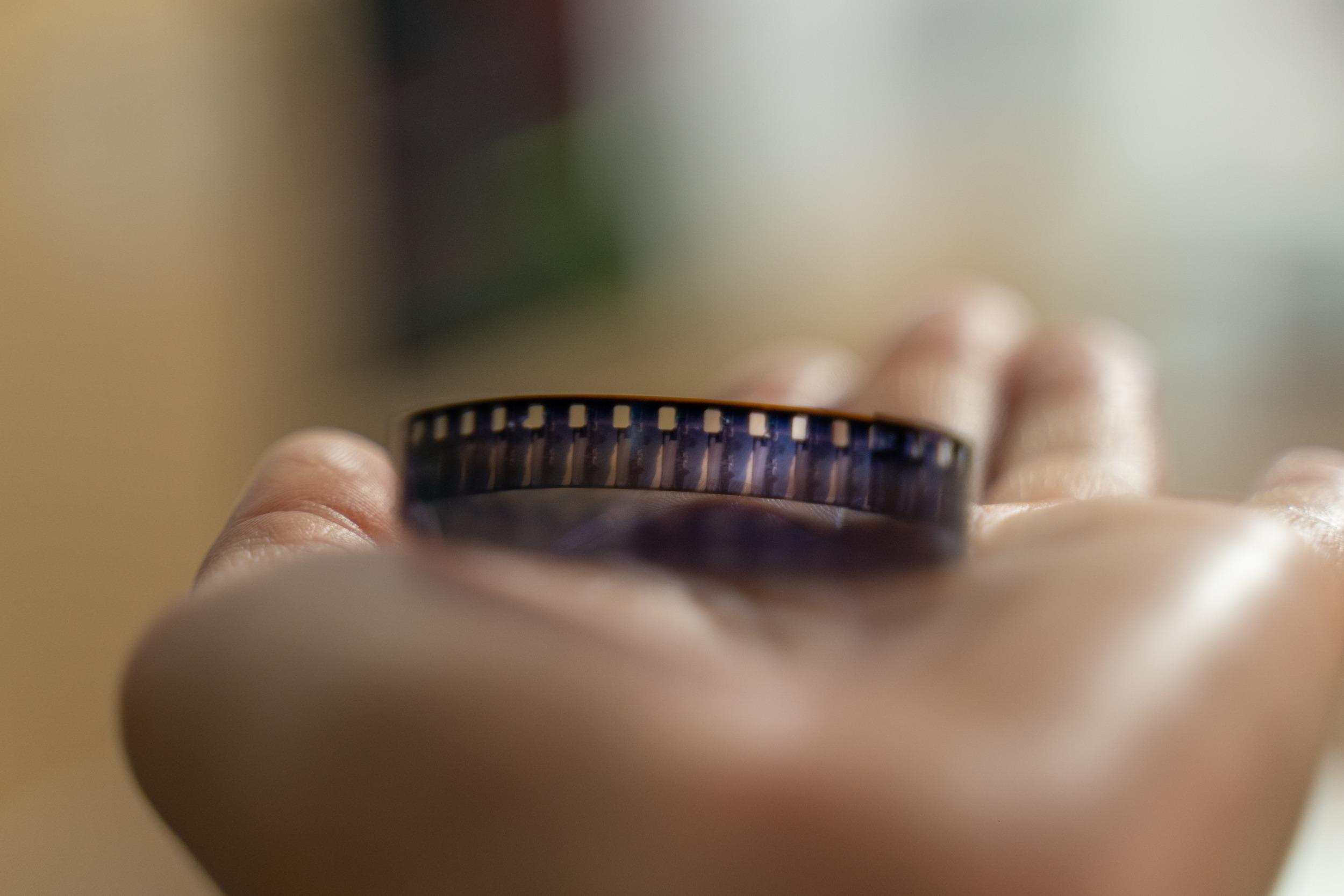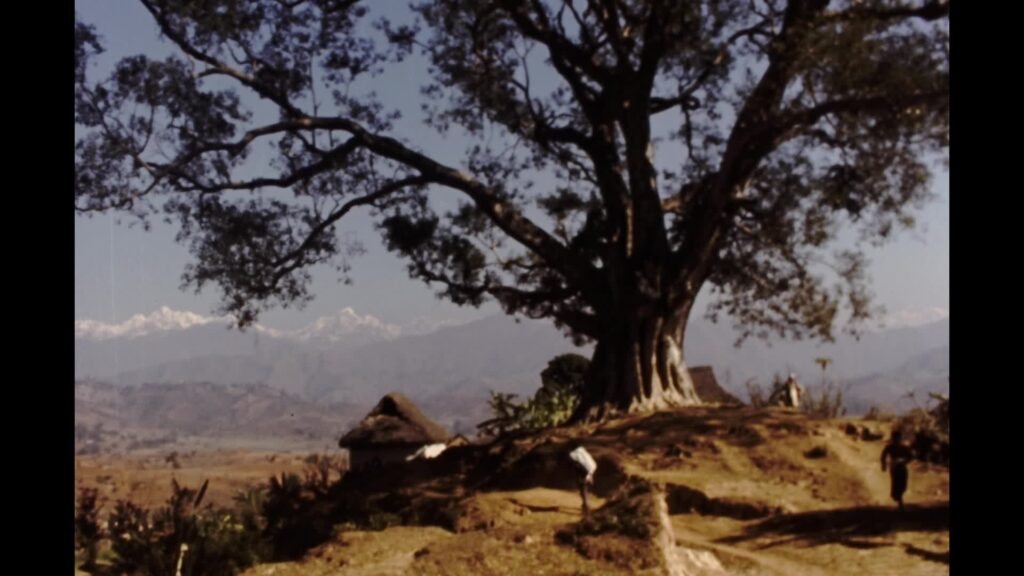What is the meaning of Archive Footage?

Have you ever wondered, “What is the meaning of archive footage?” This term is frequently tossed around in the realms of filmmaking and video production. Archive footage, also known as archival footage, encompasses much more than just pre-existing videos or films. It serves as a crucial resource for capturing the essence of history and storytelling. In this article, we’ll delve deeply into the astonishing depth and breadth of archive footage, revealing its critical role in preserving history, enriching modern narratives, and sparking creativity. We will explore various types of archive footage, how it is used in different contexts, and its impact on both creators and viewers, providing numerous examples and insights along the way.
The Essence of Archive Footage
Archive footage serves as a visual time capsule, capturing moments of historical, cultural, or personal importance. From the earliest days of cinema to contemporary film projects, this footage represents a treasure trove of material that ranges from historical events and documentaries to home movies and newsreels. For instance, consider the powerful impact of footage from the civil rights movement, which allows modern audiences to witness and understand the struggles and triumphs of that era firsthand. This footage acts as a valuable resource for studying the past, ensuring that significant moments are neither forgotten nor lost to time. Moreover, archive footage often includes voiceovers, interviews, and original soundtracks, which can bring a rich context and emotional depth to the viewing experience.
One of the primary objectives of archive footage is historical preservation. What is the meaning of archive footage? By using this existing content, filmmakers and video producers can transport audiences back in time, offering a firsthand look at pivotal moments in history. For instance, news footage from significant moments, like the moon landing or major political speeches, helps to document and study our past while allowing viewers to connect emotionally with these historical milestones. It’s an unlimited resource that not only aids in storytelling but also fosters an appreciation for the events that have shaped our society. Additionally, the preservation of such footage ensures that future generations can learn about and engage with their history, making it essential for educational purposes.
Providing Context: Bridging Past and Present
Moreover, as technology continues to evolve, the ways in which we utilize archive footage are also changing. With advancements in artificial intelligence and machine learning, it is now possible to analyze vast archives of footage more efficiently than ever before. This allows creators to discover hidden gems within extensive collections, leading to fresh interpretations and insights that might have previously gone unnoticed. The digital age has also made it easier for individuals and organizations to share and access archival materials, democratizing the process of historical exploration. Platforms like YouTube and specialized archival websites have made a wealth of footage available to the public, fostering a greater appreciation for the importance of preserving our visual history.
What is the meaning of archive footage in ethical storytelling? As its use becomes more widespread, the ethical considerations surrounding archive footage are becoming increasingly significant. Creators must carefully navigate issues related to copyright, consent, and accurate representation when incorporating archival materials into their works. The responsibility to portray historical events truthfully and respectfully cannot be overstated. Educating oneself about the origins of the footage—as well as the context in which it was created—is essential for filmmakers and content creators. This level of awareness not only enhances the authenticity and impact of their work but also honors the individuals and communities represented in the footage.
Archive footage is instrumental in offering context to contemporary stories. By weaving in clips from various time periods, creators can enhance the understanding and appreciation of current events. For example, in a documentary about climate change, including historical footage of natural disasters can provide viewers with a clearer understanding of how environmental issues have evolved over time. This strategy creates a coherent bridge between yesterday and today, helping viewers grasp the cultural, social, and political factors that have shaped our world. Furthermore, archive footage can highlight changes in societal attitudes and behaviors, allowing for a deeper analysis of progress and setbacks in various movements, such as gender equality and civil rights.
One of the primary objectives of archive footage is historical preservation. By leveraging this existing content, filmmakers and video producers can transport audiences back in time, offering a firsthand experience of pivotal events. It’s an unlimited resource that helps document and study our past.
Providing Context: Bridging Past and Present
Incorporating archive footage into modern productions lends an air of authenticity that’s often hard to replicate. It provides an authentic glimpse into bygone eras, evoking emotions and immersing audiences in the reality of the past. For instance, a historical drama that includes actual footage from the period can create a more compelling narrative that resonates with viewers on a personal level. This element is particularly valuable when it’s challenging or even impossible to recreate specific historical scenes. Furthermore, archive footage can help filmmakers ground their stories in reality, making it easier for audiences to relate to the characters and events depicted on screen.
Creative Storytelling: Breathing New Life
Archive footage isn’t just about looking back; it’s also a catalyst for innovative storytelling. Filmmakers have the opportunity to repurpose and reinterpret these materials, combining them with fresh content to craft compelling narratives. A modern example includes the use of old footage in documentary series like ‘The Last Dance,’ which chronicles Michael Jordan’s career while incorporating various historical clips that provide context and depth to the story. This creative process revitalizes old footage, making it relevant and resonant in today’s context. Additionally, new technologies allow for the enhancement and restoration of older footage, making it accessible to a broader audience and further enriching the storytelling experience.
What is the meaning of archive footage in the broader context of storytelling and cultural preservation? Ultimately, archive footage is more than just a collection of old videos; it is a living testament to our shared humanity. The stories captured in these frames can inspire, educate, and provoke thought, bridging the gap between past and present. As we continue to engage with this rich resource, let us celebrate the creativity and innovation it inspires, while also committing to its preservation for future generations. By understanding and utilizing archive footage effectively, we not only honor our history but also empower ourselves to tell stories that truly matter.
Incorporating archive footage into modern productions lends an air of authenticity that’s often hard to replicate. It provides an authentic glimpse into bygone eras, evoking emotions and immersing audiences in the reality of the past. This element is particularly valuable when it’s challenging or even impossible to recreate specific historical scenes.
Creative Storytelling: Breathing New Life
Archive footage isn’t just about looking back; it’s also a catalyst for innovative storytelling. Filmmakers have the opportunity to repurpose and reinterpret these materials, combining them with fresh content to craft compelling narratives. This creative process revitalizes old footage, making it relevant and resonant in today’s context.

Conclusion
Archive footage is an invaluable tool in the world of visual storytelling. It serves multiple purposes—preserving history, providing context, adding authenticity, and even fueling creativity. The impact of archive footage extends beyond just the film industry; it has implications for education, arts, and culture. So, whether you’re a filmmaker, a video creator, or simply a history enthusiast, embracing the power of archive footage can unlock new dimensions in your projects. As we continue to explore this treasure trove of visual history, we must also advocate for the preservation and accessibility of these materials, ensuring that they remain a vital resource for generations to come.
Archive footage is an invaluable tool in the world of visual storytelling. It serves multiple purposes—preserving history, providing context, adding authenticity, and even fueling creativity. So, whether you’re a filmmaker, a video creator, or simply a history enthusiast, embracing the power of archive footage can unlock new dimensions in your projects.

